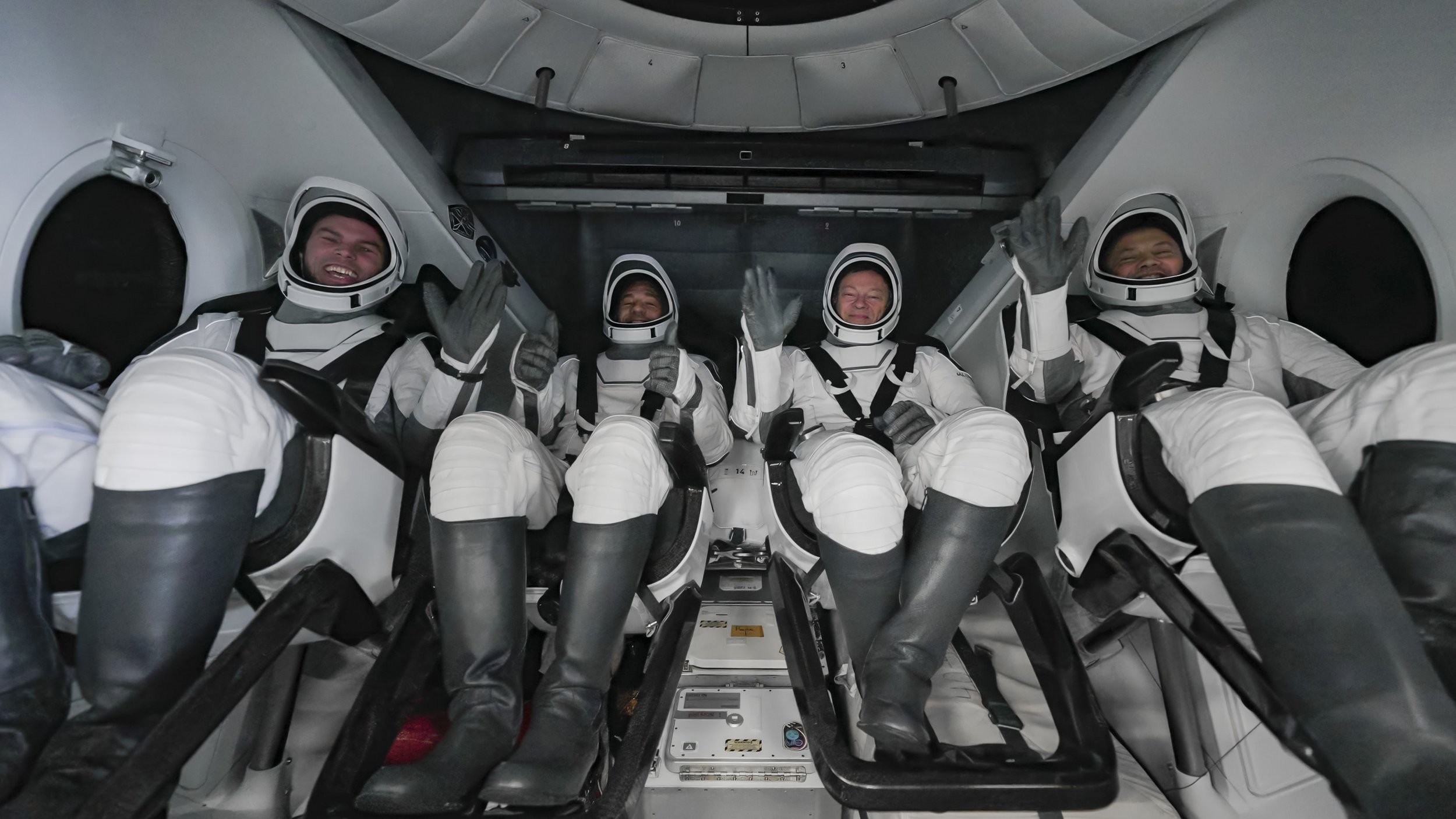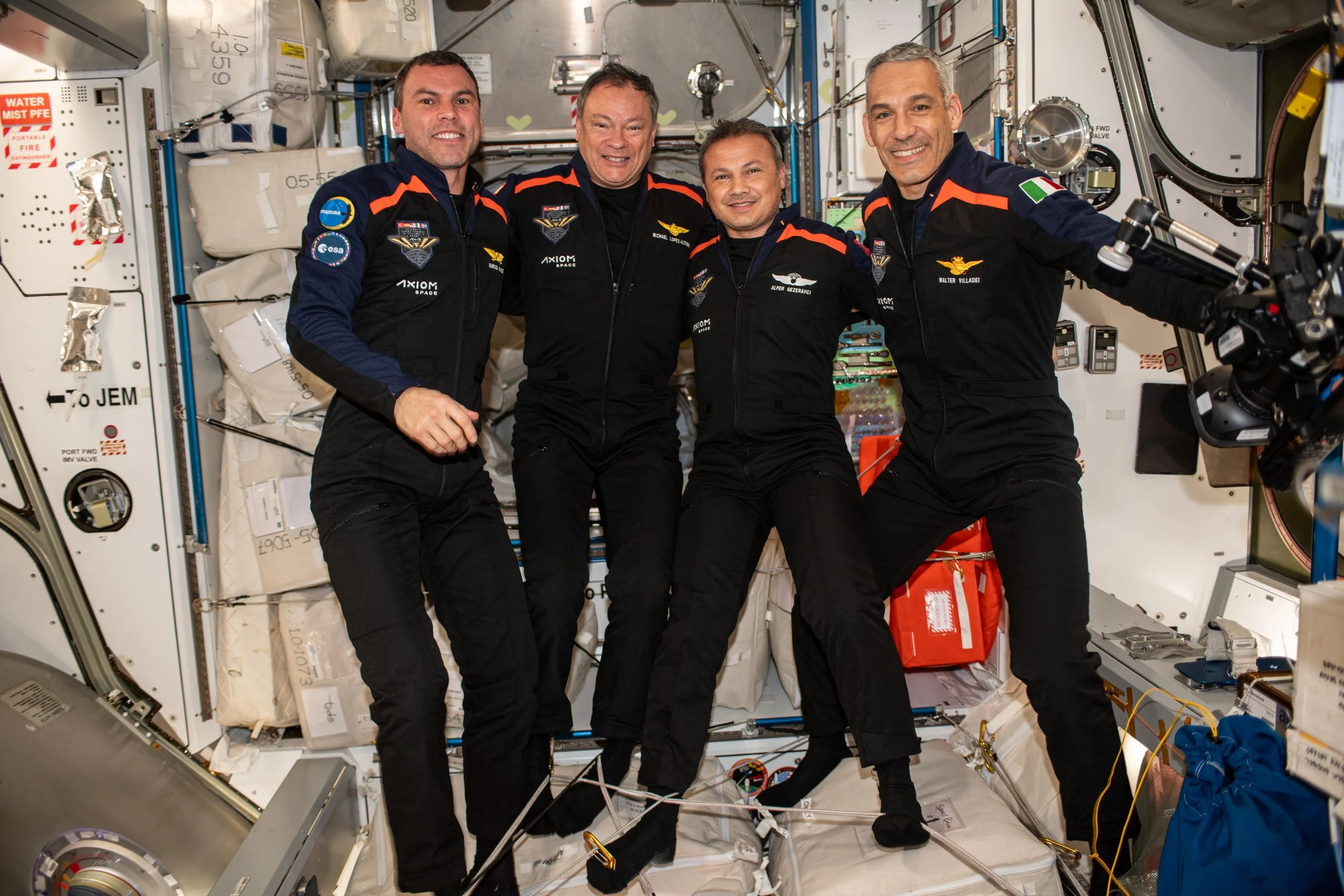Embarking on the path to becoming an astronaut requires perseverance, dedication, and a significant investment of time. It involves extensive training and preparation that can span several months to years. However, the official recognition as an astronaut and the assignment of an astronaut number is a process that varies across different organizations. Each entity has its distinct criteria and procedures for designating someone as an astronaut and assigning them a number.
NASA has its own unique criteria for designating astronauts. Over the years, NASA has selected a total of 360 people to train as astronaut candidates for its space missions. These candidates are chosen through a meticulous selection process, which includes a review of qualifications, interviews, and medical examinations. Once selected, these individuals become part of the astronaut class and are assigned their official astronaut numbers once they reach space.
The Federal Aviation Administration (FAA) also designates individuals as astronauts. To be awarded wings by the FAA, an astronaut must be employed by the company managing the launch and must have undergone training to be certified by the FAA as an astronaut. Additionally, they must have flown higher than 80 kilometers and demonstrated activities during flight that were essential to public safety or contributed to human spaceflight safety.
Transcending the Kármán line is a fundamental prerequisite for an individual to be officially designated as an astronaut. The Kármán line acts as a boundary in Earth’s atmosphere, distinguishing between space missions and aeronautical endeavors. This boundary is established by the international record-keeping entity, Fédération Aéronautique Internationale (FAI), at an altitude of 100 kilometers (around 62 miles) above the mean sea level.
Upon crossing the Kármán line, an individual is formally accorded the title of astronaut. Notably, the United States employs a slightly different criterion, conferring the astronaut title to anyone who has surpassed an 80-kilometer boundary. This discrepancy becomes increasingly significant as we step into the era of private space travel. NASA, along with other U.S. organizations such as the FAA and the U.S. Air Force, generally uses a boundary 80 kilometers above Earth’s surface to officially recognize someone as an astronaut, which is slightly lower than the Kármán line.
On Jan. 20, Axiom Mission 3 (Ax-3) Commander Michael López-Alegría awarded his fellow crewmates with the official astronaut pin, marking the crew’s formal commencement of becoming astronauts. López-Alegría presented his crewmates with their official astronaut pins, declaring Villadei to be the 666th, Gezeravcı the 676th and Wandt the 677th to go to space. According to NASA, López-Alegría was assigned astronaut number 341 during the STS-73 mission, which launched aboard the Space Shuttle Columbia on Oct. 20, 1995. These numbers represent, in order, every person who has ever traveled to space.
Villadei became number 666 to account for his Virgin Galactic flight on Jun. 29, 2023 —this number includes the 11 new astronauts who traveled 80 kilometers above Earth’s surface between Villadei’s Virgin Galactic flight on Jun. 29, 2023, and the Ax-3 crew’s launch to the ISS on Jan. 18, 2024.
In addition, the Association of Space Explorers (ASE) is an international organization that brings together astronauts and cosmonauts from around the world, with a membership of over 400 individuals from 38 countries who have journeyed into space. A significant project of ASE is the upkeep of its comprehensive Registry of Space Travelers. This list is a record of everyone who has ever traveled to space and is continually updated as new individuals embark on space missions.
ASE has a Universal Astronaut Insignia, representing both suborbital and orbital missions. Astronauts receive a pin and are assigned a number to reflect if they completed a suborbital or orbital flight around the Earth. On the pin, the upward and downward chevrons, topped with a star of five points, signify the voyage to space and the subsequent return to our planet. The addition of a circular band denotes the accomplishment of an orbital flight.
ASE assigned Villadei with two astronaut numbers to represent his suborbital Virgin Galactic flight, number 60, and his orbital flight on Ax-3, number 609. During Ax-3, ASE assigned Gezeravcı number 610 and Wandt 611. During the STS-73 mission, López-Alegría became number 334, representing the orbital flight, in ASE’s Registry of Space Travelers.
Credit: Association of Space Explorers
ASE’s assignment of unique flight numbers to each astronaut is vital for maintaining an exhaustive and precise record of human spaceflight. It serves as an effective tool for organizing and referencing the extensive data associated with space exploration and is important for maintaining the historical record of human achievements in space.
Following the successful completion of the Ax-3 mission and their safe return to Earth, the Ax-3 crew was honored and recognized in a ceremonial pinning event. Here, they were awarded official astronaut wings, each adorned with their unique orbital flight numbers: López-Alegría (334), Villadei (609), Gezeravcı (610), and Wandt (611). This ceremony served as a fitting tribute to their remarkable journey and accomplishments during the Ax-3 mission.
The number an individual earns when becoming an astronaut serves as a testament to their hard work, dedication, scientific contributions, and pivotal role in propelling human space exploration. The Ax-3 astronauts have etched their names in the records of history, forever symbolizing a significant milestone in the era of commercial spaceflight. Their achievements will continue to inspire and illuminate the path for future missions.





















